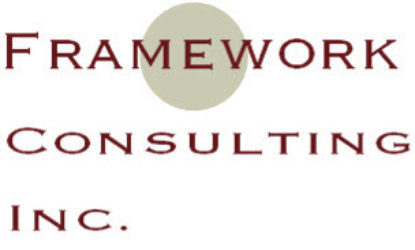Your company has once again begun to look to the future. It’s shaken off the post-COVID blues and must now position itself in its industry with a fresh strategy. But all of your executives are not convinced that hard choices must be made. How can you persuade them?
A friend of mine was recently confronted with a golden opportunity. Her boss, the retiring owner of the company, offered to sell her a majority share.
But she wondered: “What am I really buying here?”
While it’s easy to think in terms of immediate dollars and cents, or the present value of future cash flows, this thinking is limited. While finance MBAs know how to do these calculations with their eyes closed, that was not the real point.
Instead, we decided that she was being offered a future outcome, the result of a possible company strategy.
In other words, she had to decide whether the organisation could craft a plan that was worth the offering price.
As you may imagine, this was a very difficult decision to make, especially as the company had no long-term strategic plan in place. She would have to create one as soon as possible and use it to determine the future value.
Given the number of assumptions and estimates to be embraced, this made the task a challenge. To illustrate, let’s look at the case study of Intel Corporation, the maker of electronic components for computers.
The company passed through three distinct phases in its lifetime. Let’s examine it from the perspective of a potential buyer in each phase.
Phase 1: Success and Ignorance
In 1974, Intel was dominant in its industry. With an 82.9% market share, DRAM (memory) chips made up around 90% of the company’s revenue.
At that point, it seemed that the firm could do no wrong. It had powerful leadership and a legendary founder, Gordon Moore.
Anyone who wanted to purchase a majority share would have concluded that the future was bright.
However, a deeper analysis a few years later would have revealed trouble. The competition (mostly Japanese manufacturers) was gaining ground for the first time. But historically, their products were an industry joke.
Phase 2: Disruption and a Decision
Jumping ahead to 1984, and Japanese companies were riding a tsunami of steadily accumulating advantages. In no particular order, they benefited from:
- lower costs of capital than Intel could attract
- the long-term investment horizons of Japanese stock traders
- steady investments in spite of an economic downturn
- far greater efficiency based on continuous process improvement
The result?
Intel’s market share plummeted to 1.3%.
At this point, someone thinking about buying shares would have asked CEO Andy Grove, “What is the short- and long-term strategic plan now?”
The fact is, Intel had no strategy to deal with the disaster unfolding. But a fateful meeting between the two leaders in 1985 changed everything.
Grove asked Moore: “If we got kicked out of this company and the board brought in a new CEO, what do you think he would do?”
Moore immediately replied, “He would get us out of memories (chips)”.
Andy, with a surprised look, responded, “Why shouldn’t you and I walk out the door, come back and do it ourselves?”
This conversation marked a turning point. The firm made a complete pivot to a different product altogether…microprocessors. Although they had a tiny operation in this niche, this was going to be a big bet. Almost at once, one billion dollars (US$) were shifted from further investments in memory chips to this new offering. In fact, they decided to phase out production of the old line.
Phase 3: The Strategy Pays Off
Today, in hindsight, the two are lauded for their brilliant decision.
Microprocessors became the number one business at Intel, driving annual revenues from $1.9b to $63.05b. The company’s market cap went from around $3b to $151.1b.
While this high-wire approach to strategic planning cannot be recommended, let’s tie that back to the decision my friend had to make.
In essence, she wanted to know: “Is the company in Phase 1, 2 or 3?” As you may imagine, the price she would have to pay would vary tremendously depending on the answer, and the strategic plan called for in each case.
But let’s forget about her. Take a look around your own organisation. If your leadership team has no consensus view on which phase it’s in, consider it to be in danger. While it may become a lucky winner like Intel, don’t count on it.
Instead of waiting for disaster to strike, create a forum to have the difficult conversations required. You’ll protect your stakeholders from potentially ruinous outcomes with a strategy that fits.
Francis Wade is the author of Perfect Time-Based Productivity, a keynote speaker and a management consultant. To search his prior columns on productivity, strategy, engagement and business processes, send email to columns@fwconsulting.com.


